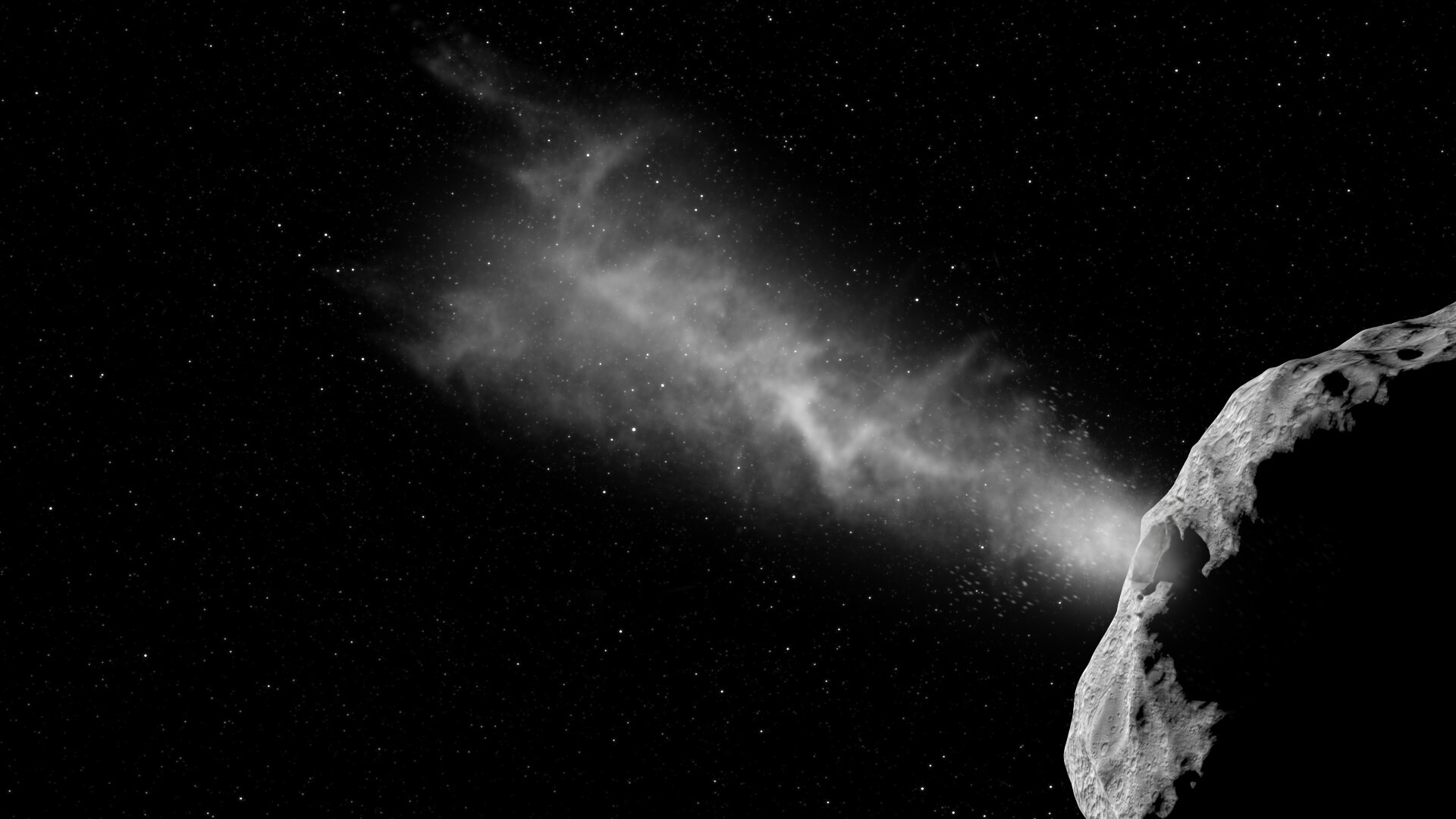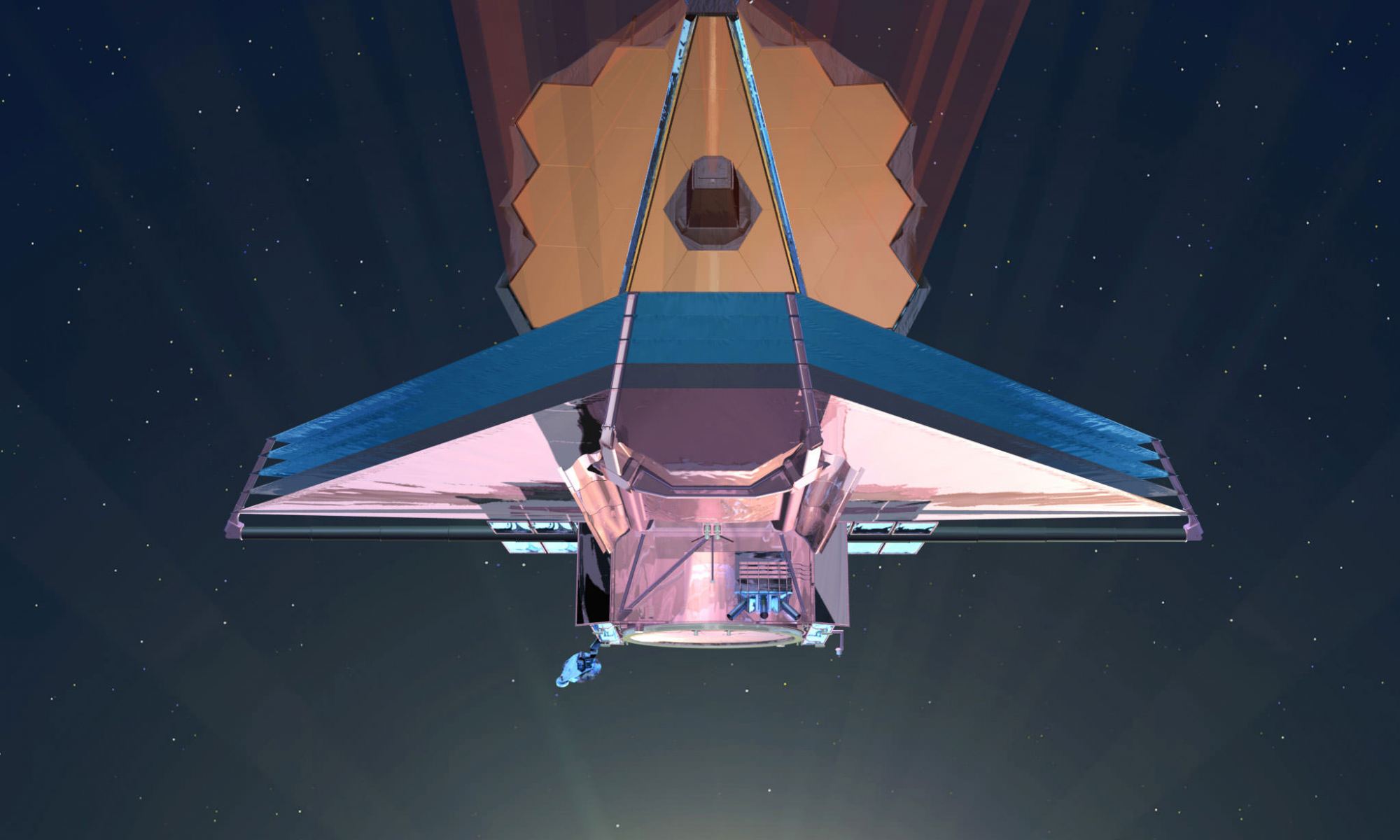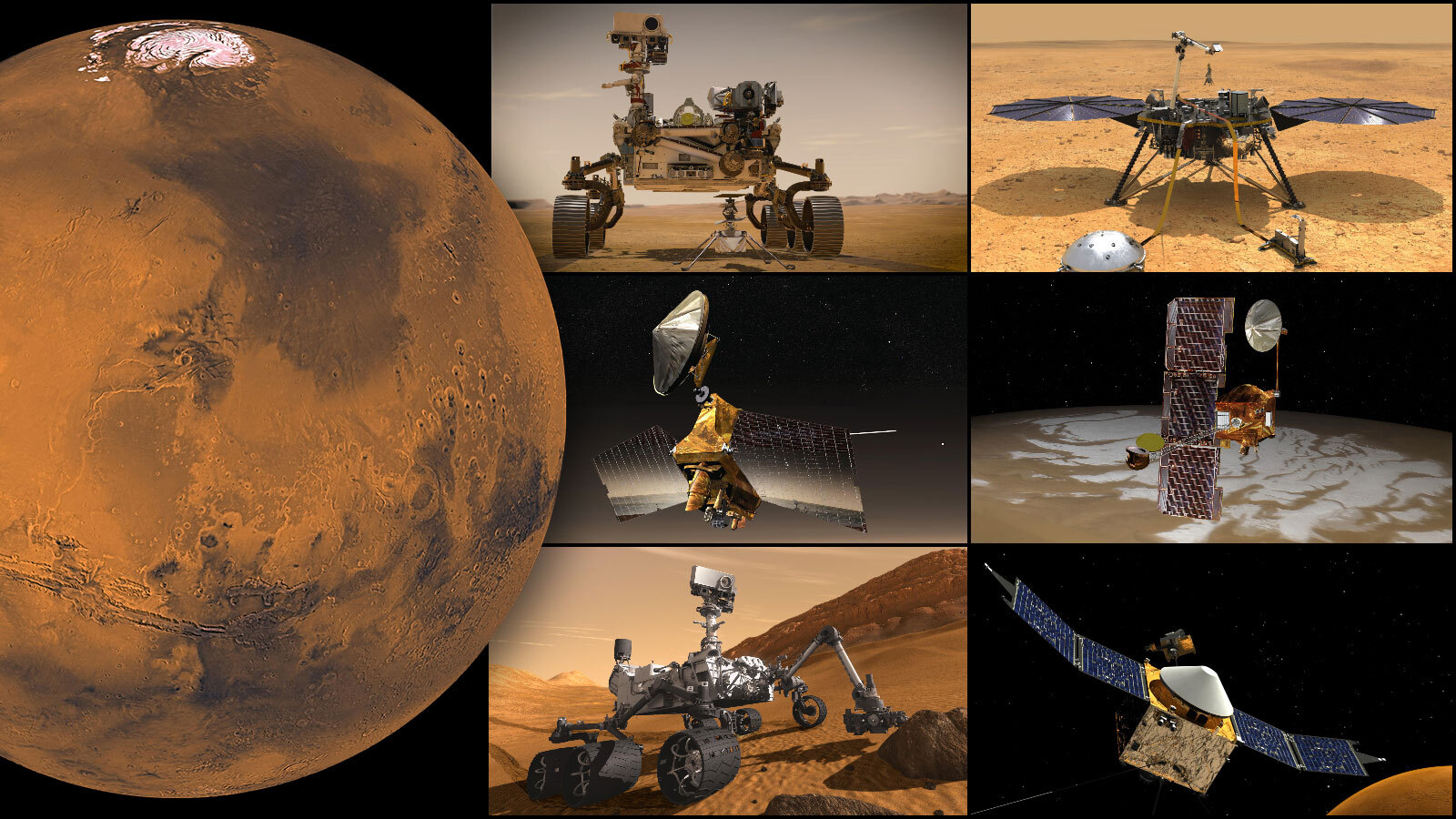The two Voyager spacecraft have been speeding through space since 1977, powered by decaying chunks of plutonium that produce less and less energy every year. With less electricity available, NASA has decided to shut down one experiment on Voyager 2, the plasma science instrument. This device measures the quantity and direction of ionized particles passing the spacecraft. While Voyager 2 still has enough electricity to support its four other operational instruments, it will likely be down to just one by the 2030s.
Continue reading “NASA Turns Off One of Voyager 2's Science Instruments”NASA Tightbeams a Cat Video From 31 Million Kilometers Away

NASA’s Deep Space Network (DSN) has been responsible for maintaining contact with missions venturing beyond Low Earth Orbit (LEO) since 1963. In addition to relaying communications and instructions, the DSN has sent breathtaking images and invaluable science data back to Earth. As missions become more sophisticated, the amount of data they can gather and transmit is rapidly rising. To meet these growing needs, NASA has transitioned to higher-bandwidth radio spectrum transmissions. However, there is no way to increase data rates without scaling the size of its antennas or the power of its radio transmitters.
To meet these needs, NASA has created the Deep Space Optical Communications (DSOC), which relies on focused light (lasers) to stream very high-bandwidth video and other data from deep space. Compared to conventional radio, optical arrays are typically faster, more secure, lighter, and more flexible. In a recent test, NASA used this technology demonstrator to beam a video to Earth from a record-setting distance of 31 million km (19 million mi) – about 80 times the distance between the Earth and the Moon. The video, featuring a cat named Taters, marks a historic milestone and demonstrates the effectiveness of optical communications.
Continue reading “NASA Tightbeams a Cat Video From 31 Million Kilometers Away”NASA Uses Powerful Transmitters to Talk to Deep Space Spacecraft. Will Other Civilizations Receive Those Signals?
In a recent study submitted to the Publications of the Astronomical Society of the Pacific, a pair of researchers from the University of California, Los Angeles (UCLA) and the University of California, Berkeley (UC Berkeley) examine the likelihood of extraterrestrial intelligent civilizations intercepting outward transmissions from NASA’s Deep Space Network (DSN) that are aimed at five deep space spacecraft: Voyager 1, Voyager 2, Pioneer 10, Pioneer 11, and New Horizons. Members of the public are free to track such transmissions at DSN Now, which displays real-time data of outgoing and incoming transmissions to all spacecraft at various times.
Continue reading “NASA Uses Powerful Transmitters to Talk to Deep Space Spacecraft. Will Other Civilizations Receive Those Signals?”A 500-Meter-Long Asteroid Flew Past Earth, and Astronomers Were Watching

An asteroid the size of the Empire State Building flew past Earth in early February, coming within 1.8 million km (1.1 million miles) of our planet. Not only is it approximately the same size as the building, but astronomers found the asteroid – named 2011 AG5 — has an unusual shape, with about the same dimensions as the famous landmark in New York City.
“Of the 1,040 near-Earth objects observed by planetary radar to date, this is one of the most elongated we’ve seen,” said Lance Benner, principal scientist at JPL who helped lead the observations, in a JPL press release.
This extremely elongated asteroid has a length-to-width ratio of 10:3.
Continue reading “A 500-Meter-Long Asteroid Flew Past Earth, and Astronomers Were Watching”The World’s Ground Stations are Getting Ready to Watch a Spacecraft Crash Into an Asteroid Next Week!

On September 26th, NASA’s Double-Asteroid Redirect Test (DART) will rendezvous with the Near-Earth Asteroid (NEA) Didymos. By 01:14 UTC (07:14 PM EDT; 04:14 PM PDT), this spacecraft will collide with the small moonlet orbiting the asteroid (Dimorphos) to test the “kinetic impactor” method of planetary defense. This method involves a spacecraft striking an asteroid to alter its orbit and divert it from a trajectory that would cause it to collide with Earth. The event will be broadcast live worldwide and feature data streams from the DART during its final 12 hours before it strikes its target.
Continue reading “The World’s Ground Stations are Getting Ready to Watch a Spacecraft Crash Into an Asteroid Next Week!”Communication With Mars is About to Become Impossible (for two Weeks)
Every two years, Mars enters what is known as a “Solar Conjunction,” where its orbit takes it behind the Sun relative to Earth. During these periods, the hot plasma regularly expelled by the Sun’s corona can cause interference with radio signals transmitted between Earth and Mars. To avoid signal corruption and the unexpected behaviors that could result, NASA and other space agencies declare a moratorium on communications for two weeks.
What this means is that between Oct. 2nd and Oct. 16th, all of NASA’s Mars missions will experiencing what is known as a “commanding moratorium.” This will consist of NASA sending a series of simple commands to its missions in orbit, which will then be dispatched to landers and rovers on the surface. These simple tasks will keep all of the robotic Martian explorers busy until regular communications can be established.
Continue reading “Communication With Mars is About to Become Impossible (for two Weeks)”How Long is a Day on Venus? We Finally Know the Exact Answer

Venus, aka. Earth’s “Sister Planet,” has always been shrouded in mystery for astronomers. Despite being planet Earth’s closest neighbor, scientists remained ignorant of what Venus’ surface even looked like for well into the 20th century, thanks to its incredibly dense and opaque atmosphere. Even in the age of robotic space exploration, its surface has been all but inaccessible to probes and landers.
And so the mysteries of Venus have endured, not the least of which has to do with some of its most basic characteristics – like its internal mass distribution and variations in the length of a day. Thanks to observations conducted by a team led from UCLA, who repeatedly bounced radar off the planet’s surface for the past 15 years, scientists now know the precise length of a day on Venus, the tilt of its axis, and the size of its core.
Continue reading “How Long is a Day on Venus? We Finally Know the Exact Answer”What’s the Best Way to Communicate With an Interstellar Probe When it’s Light-Years Away From Earth?

It’s no secret that humanity is poised to embark on a renewed era of space exploration. In addition to new frontiers in astronomical and cosmological research, crewed missions are also planned for the coming decades that will send astronauts back to the Moon and to Mars for the first time. Looking even further, there are also ideas for interstellar missions like Breakthrough Starshot and Project Dragonfly and NASA’s Starlight.
These mission concepts entail pairing a nanocraft with a lightsail, which would then accelerated by a directed-energy array (lasers) to achieve a fraction of the speed of light (aka. relativistic velocity). Naturally, this raises a number of technical and engineering challenges, not the least of which is communications. In a recent study, a team of scientists sought to address that very issue and considered various methods that might be used.
Continue reading “What’s the Best Way to Communicate With an Interstellar Probe When it’s Light-Years Away From Earth?”James Webb is Working Perfectly! On the Ground. Next Trick: Doing it From Space

When it launches next year, the James Webb Space Telescope (JWST) will be the largest, most complex, and most sophisticated observatory ever sent into space. Because of this, the mission has been delayed multiple times as ground crews were forced to put the telescope through a lengthy series of additional tests. All of these are to make sure that the JWST will survive and function in the vacuum and extreme temperature environment of space.
Recently, the testing teams conducted the critical “Ground Segment Test,” where the fully-assembled observatory was powered up and to see how it would respond to commands in space. These commands were issued from its Mission Operations Center at the Space Telescope Science Institute (STScI) in Baltimore. Having passed this latest milestone, the JWST is now on track for its scheduled launch next year in October.
Continue reading “James Webb is Working Perfectly! On the Ground. Next Trick: Doing it From Space”Astronomers are Using NASA’s Deep Space Network to Hunt for Magnetars

Right, magnetars. Perhaps one of the most ferocious beasts to inhabit the cosmos. Loud, unruly, and temperamental, they blast their host galaxies with wave after wave of electromagnetic radiation, running the gamut from soft radio waves to hard X-rays. They are rare and poorly understood.
Some of these magnetars spit out a lot of radio waves, and frequently. The perfect way to observe them would be to have a network of high-quality radio dishes across the world, all continuously observing to capture every bleep and bloop. Some sort of network of deep-space dishes.
Like NASA’s Deep Space Network.
Continue reading “Astronomers are Using NASA’s Deep Space Network to Hunt for Magnetars”


